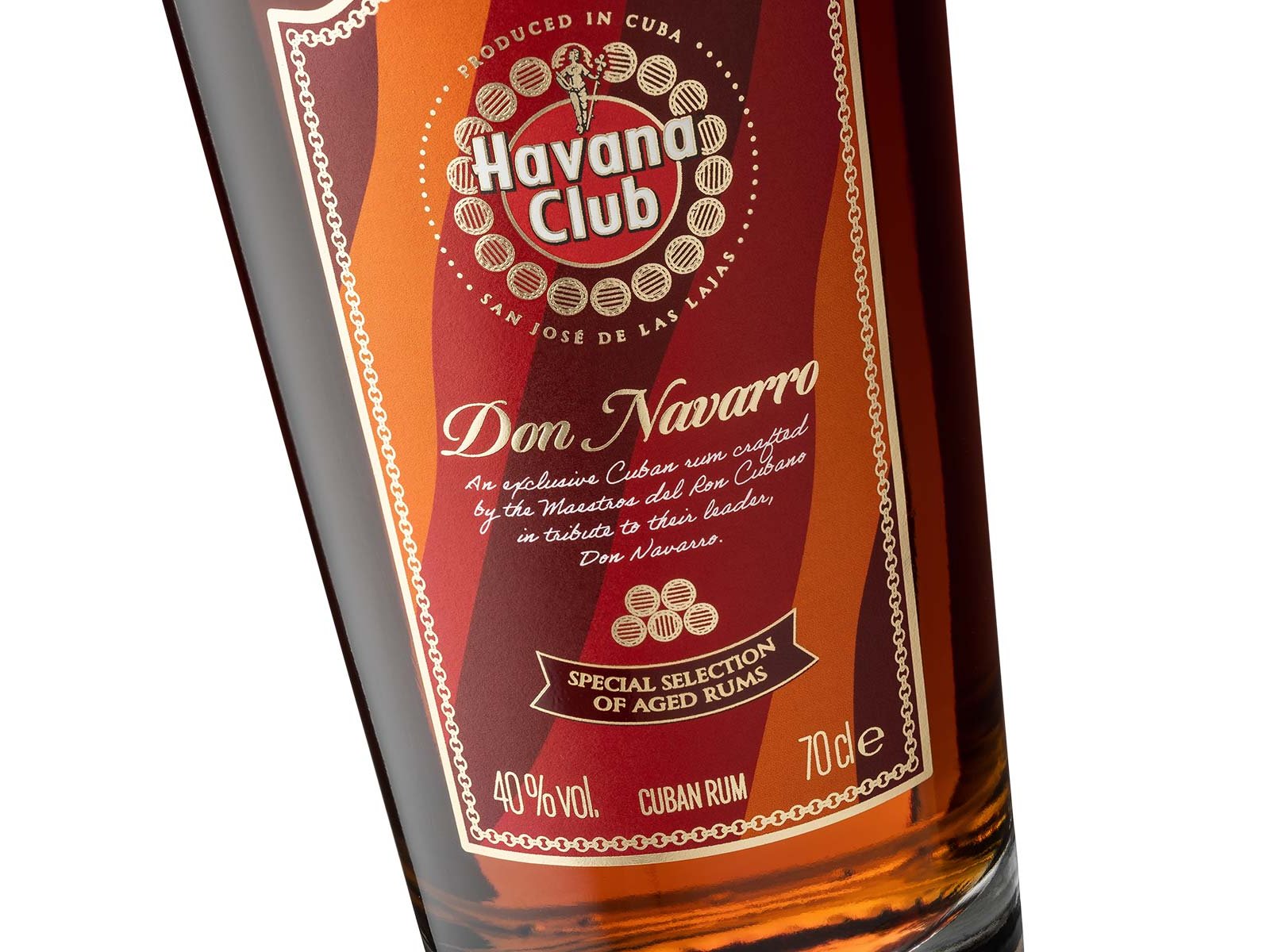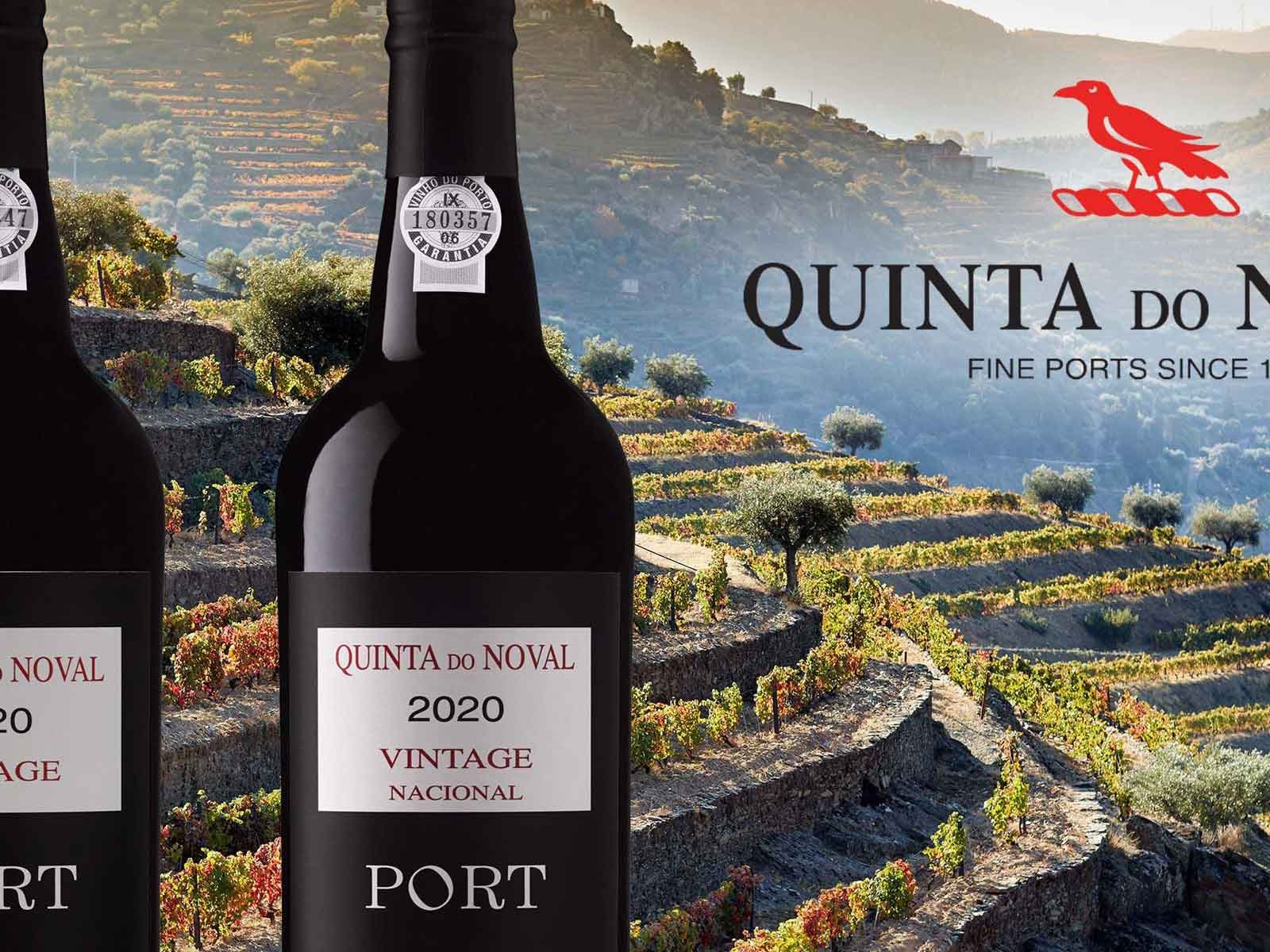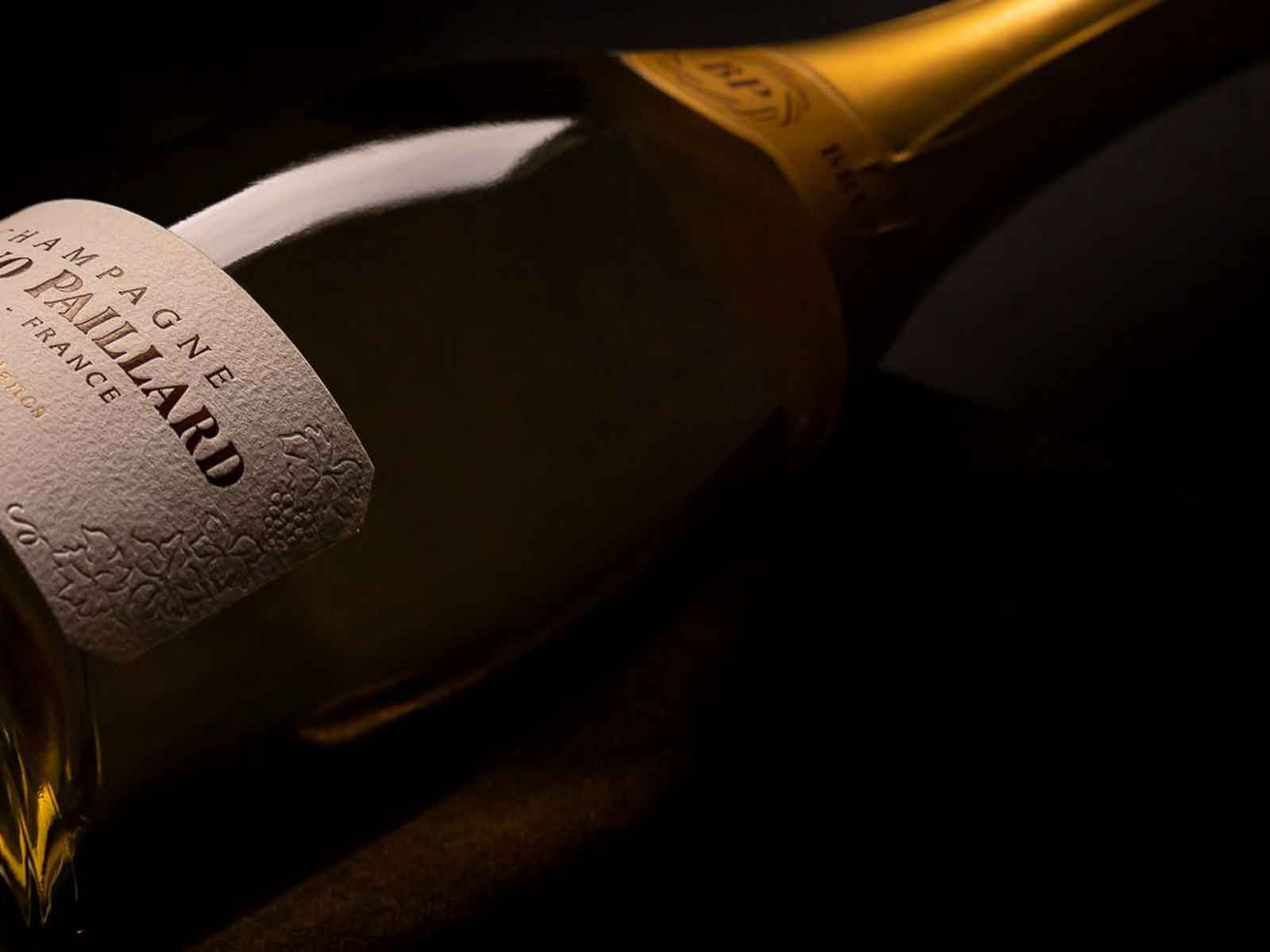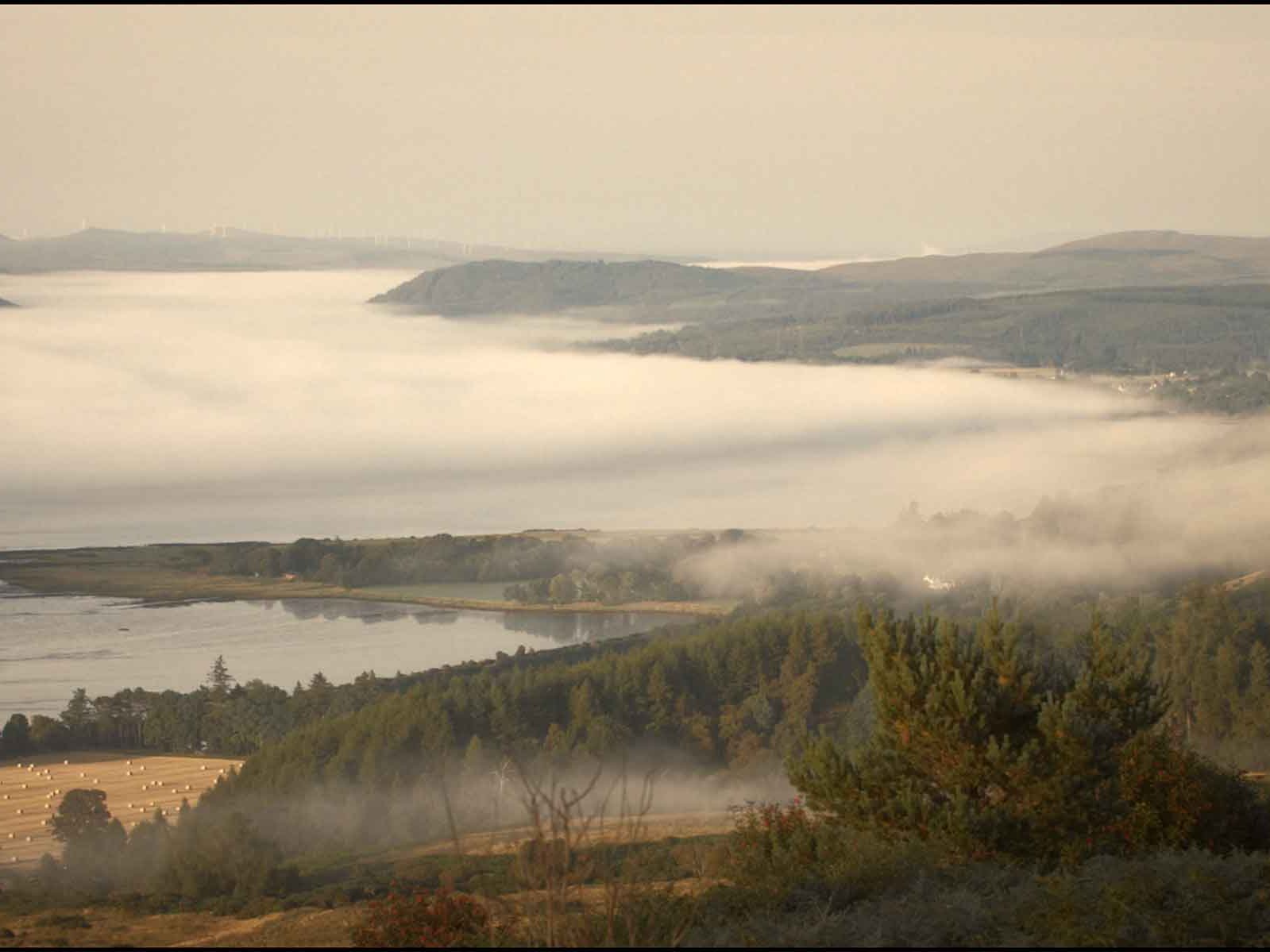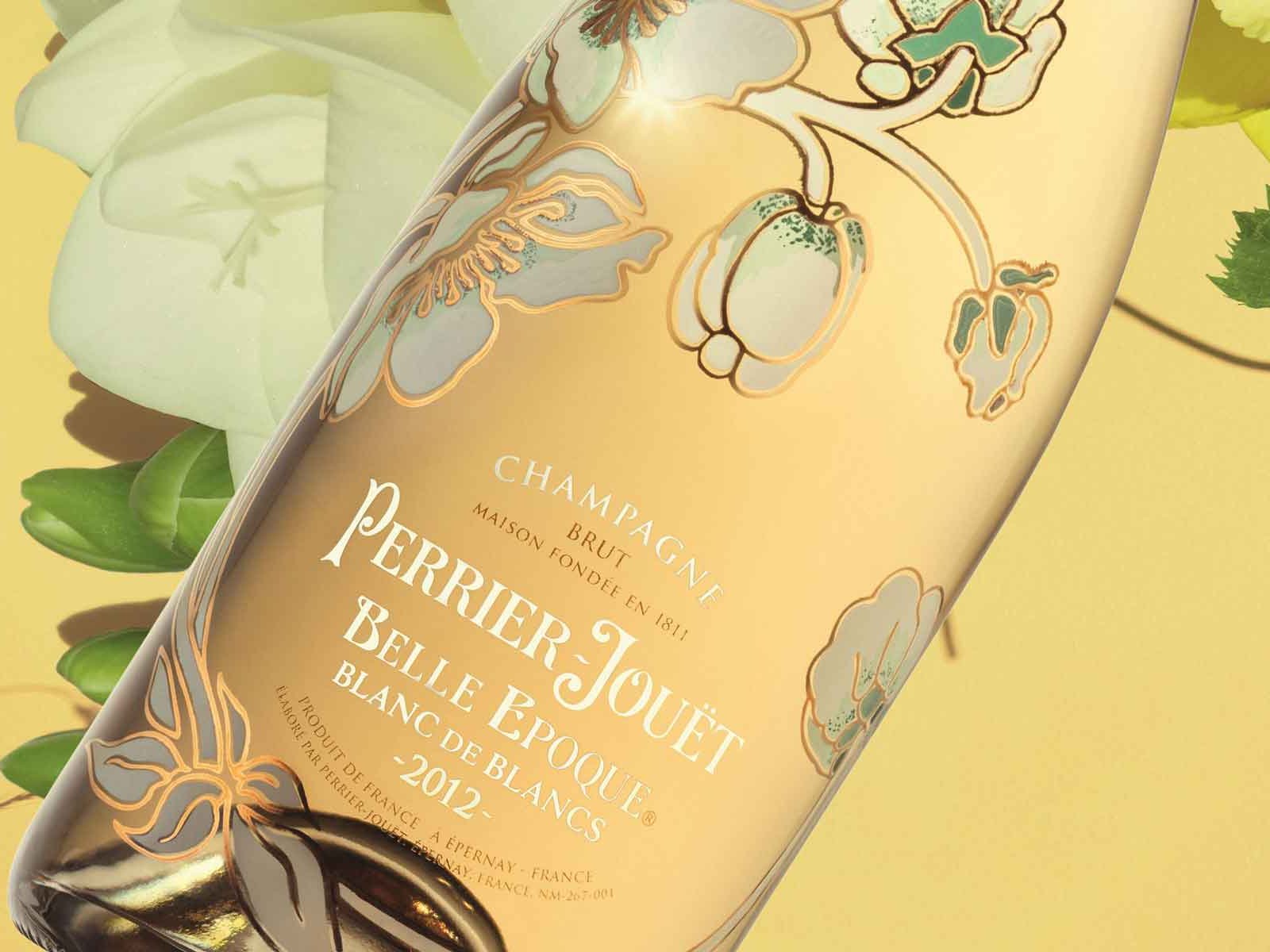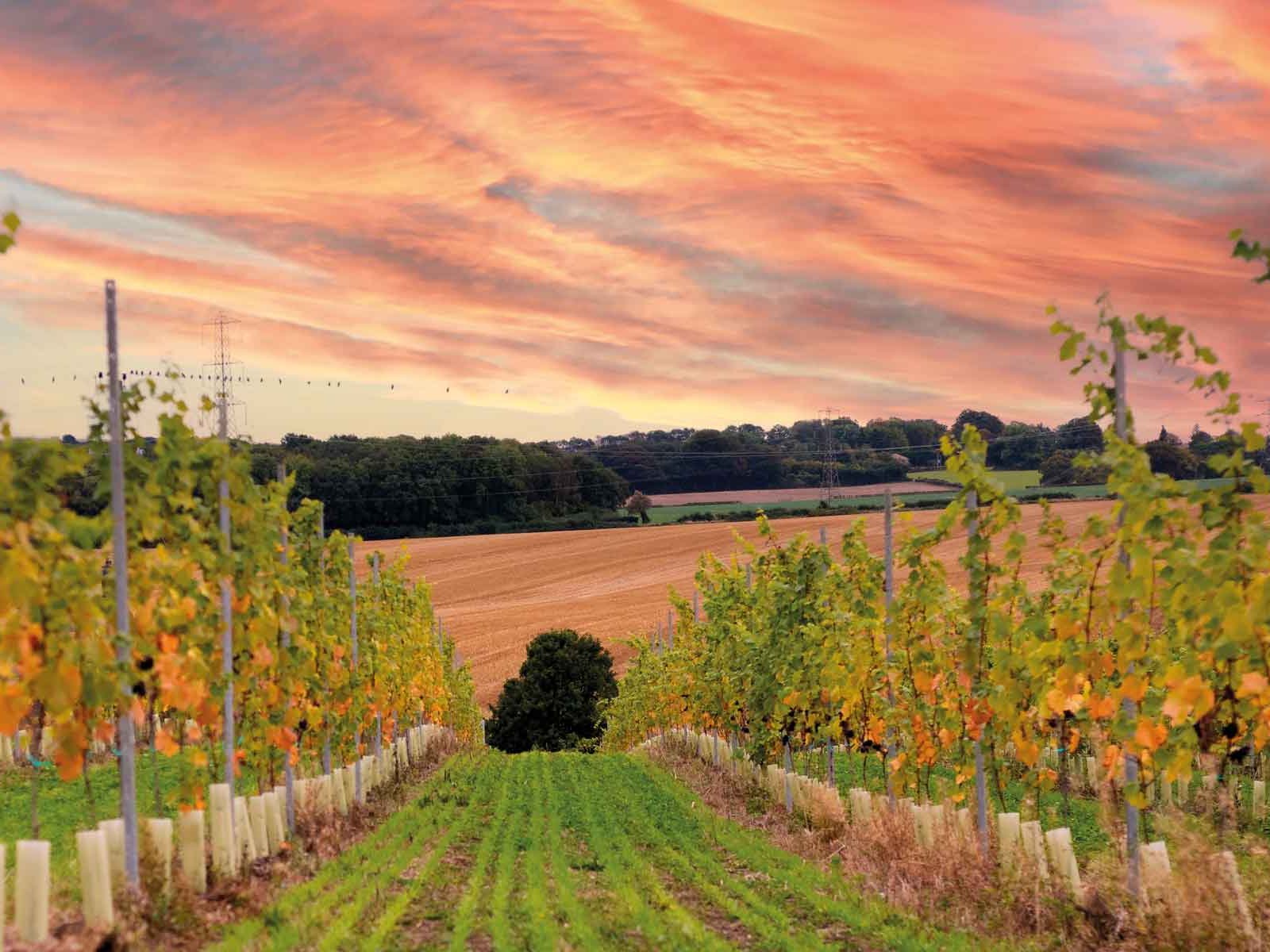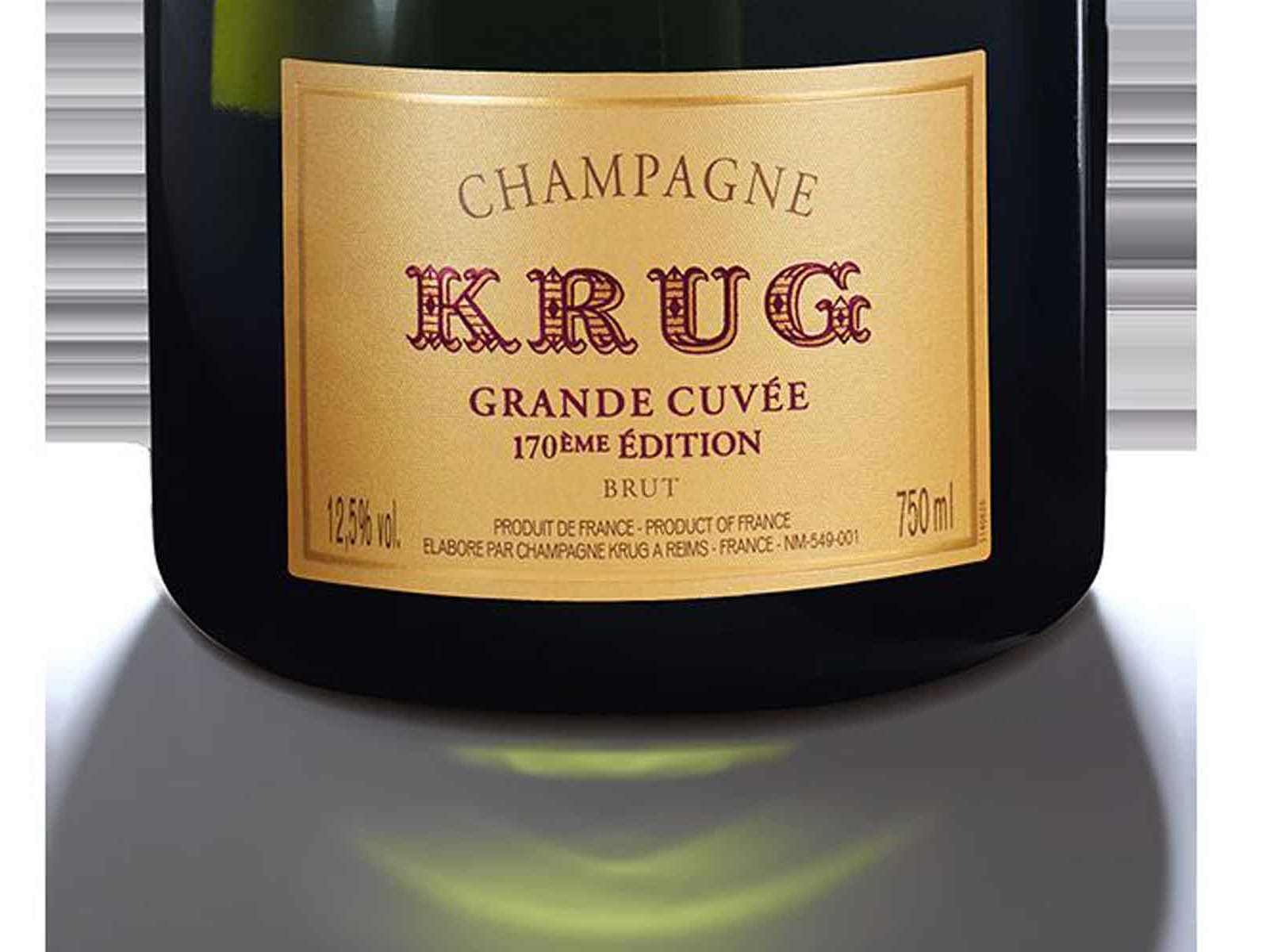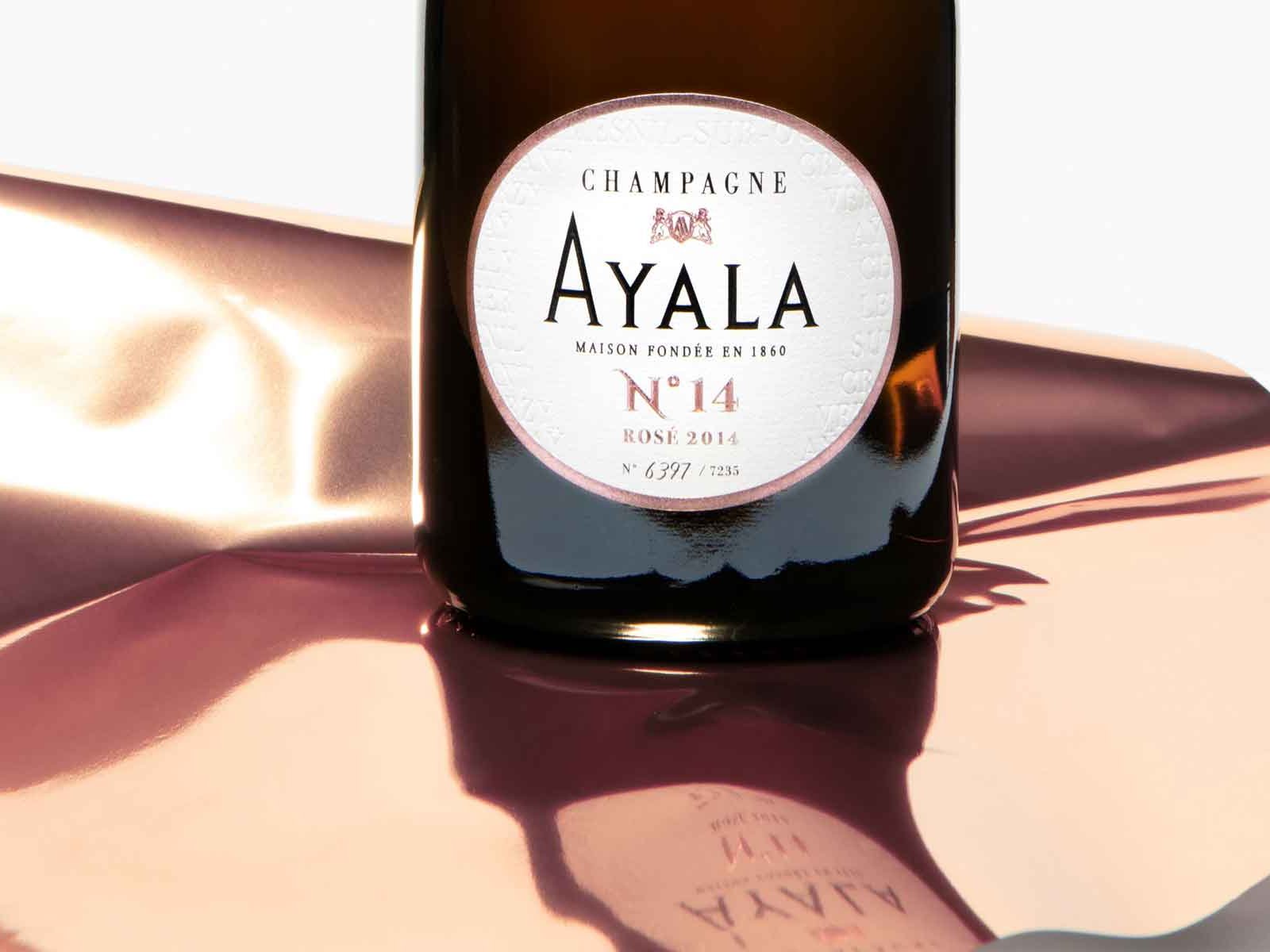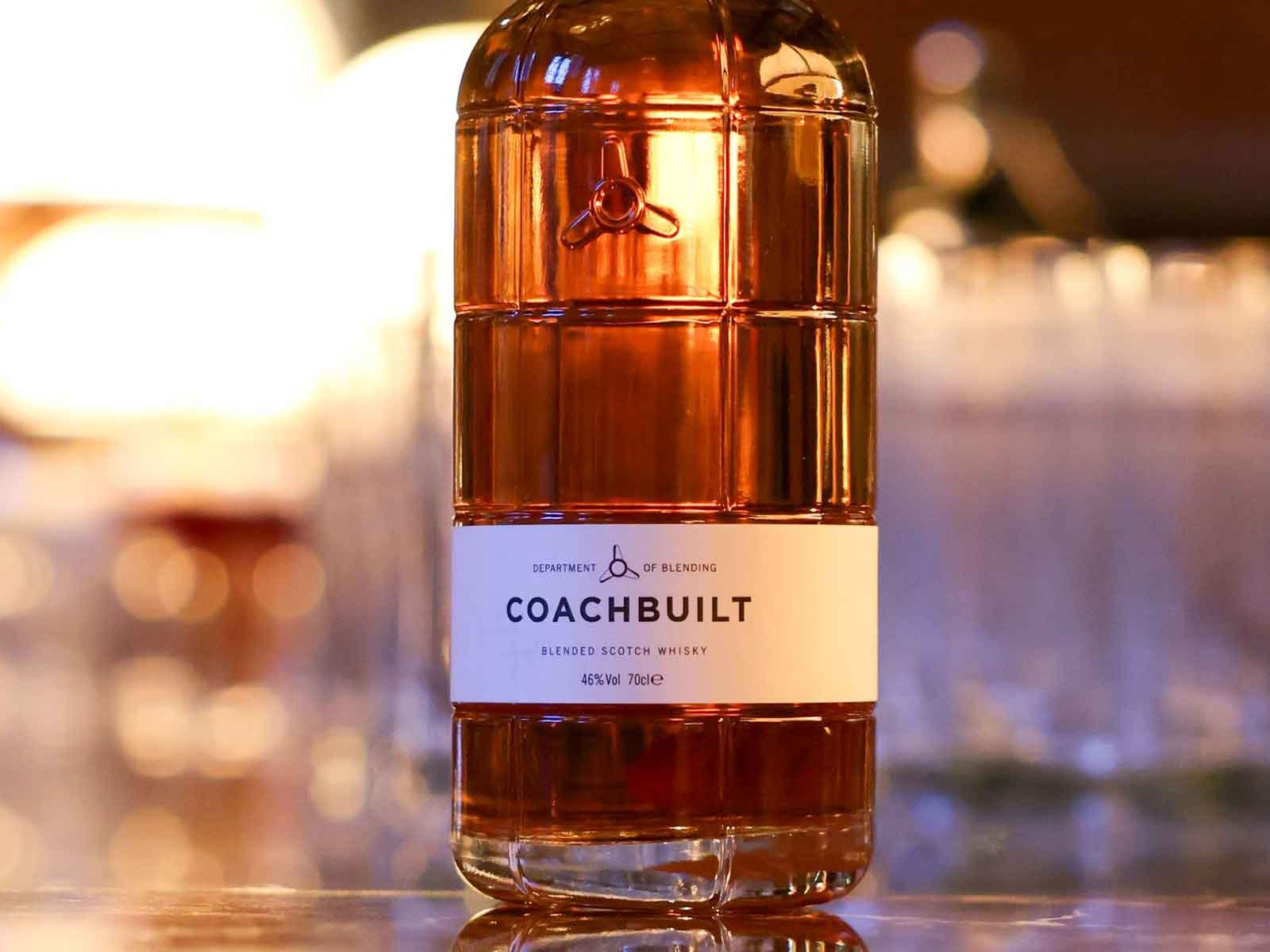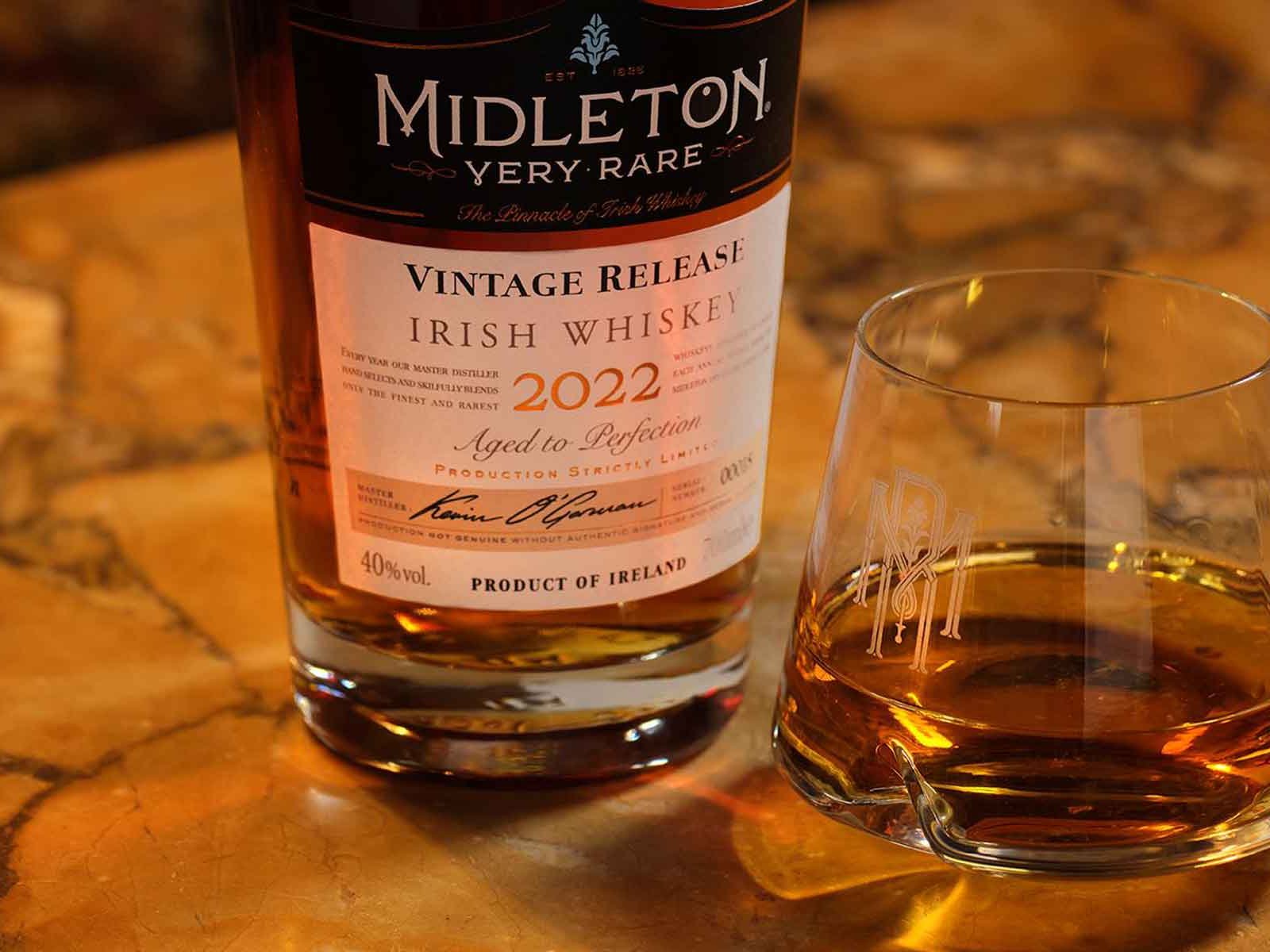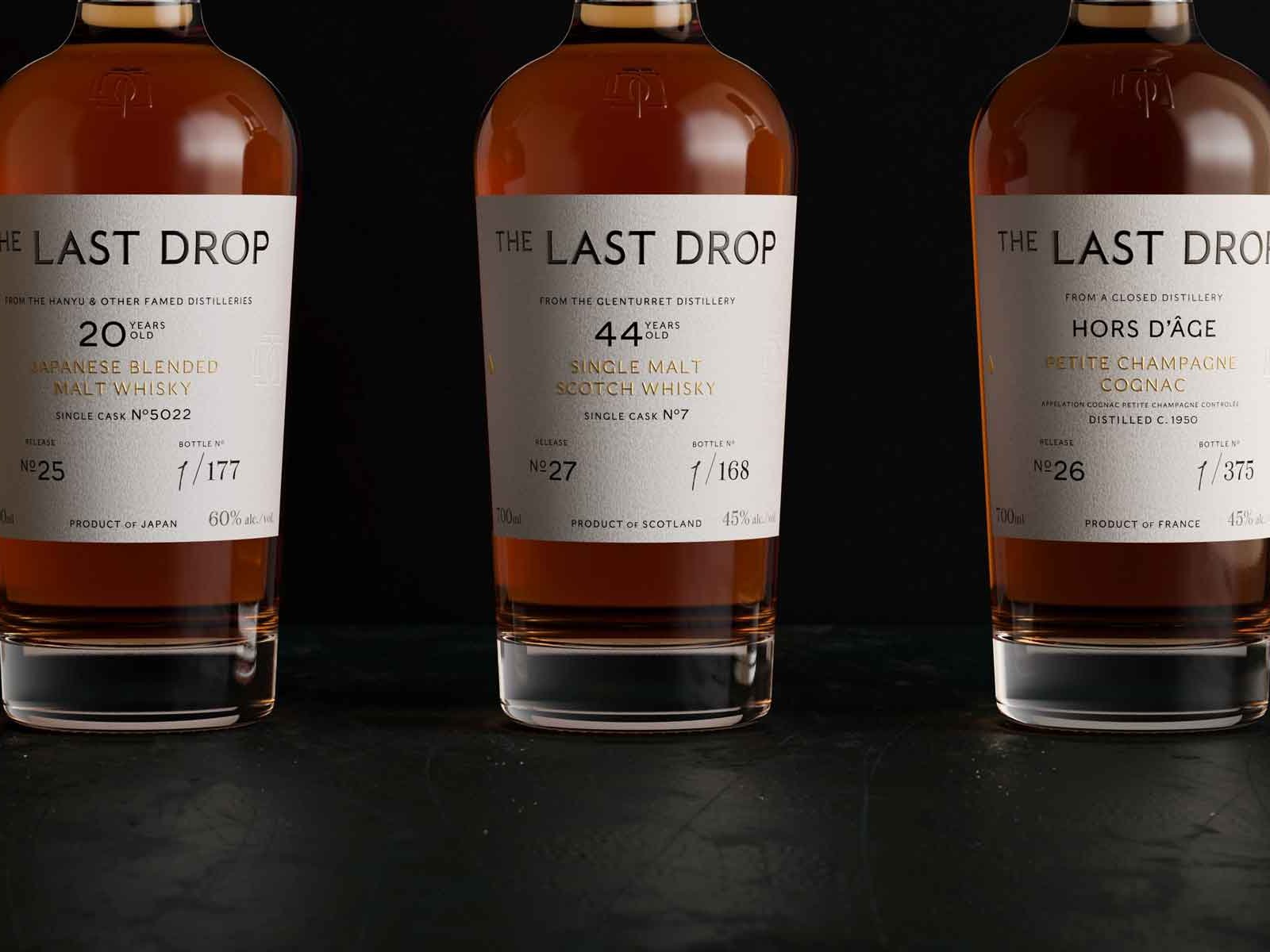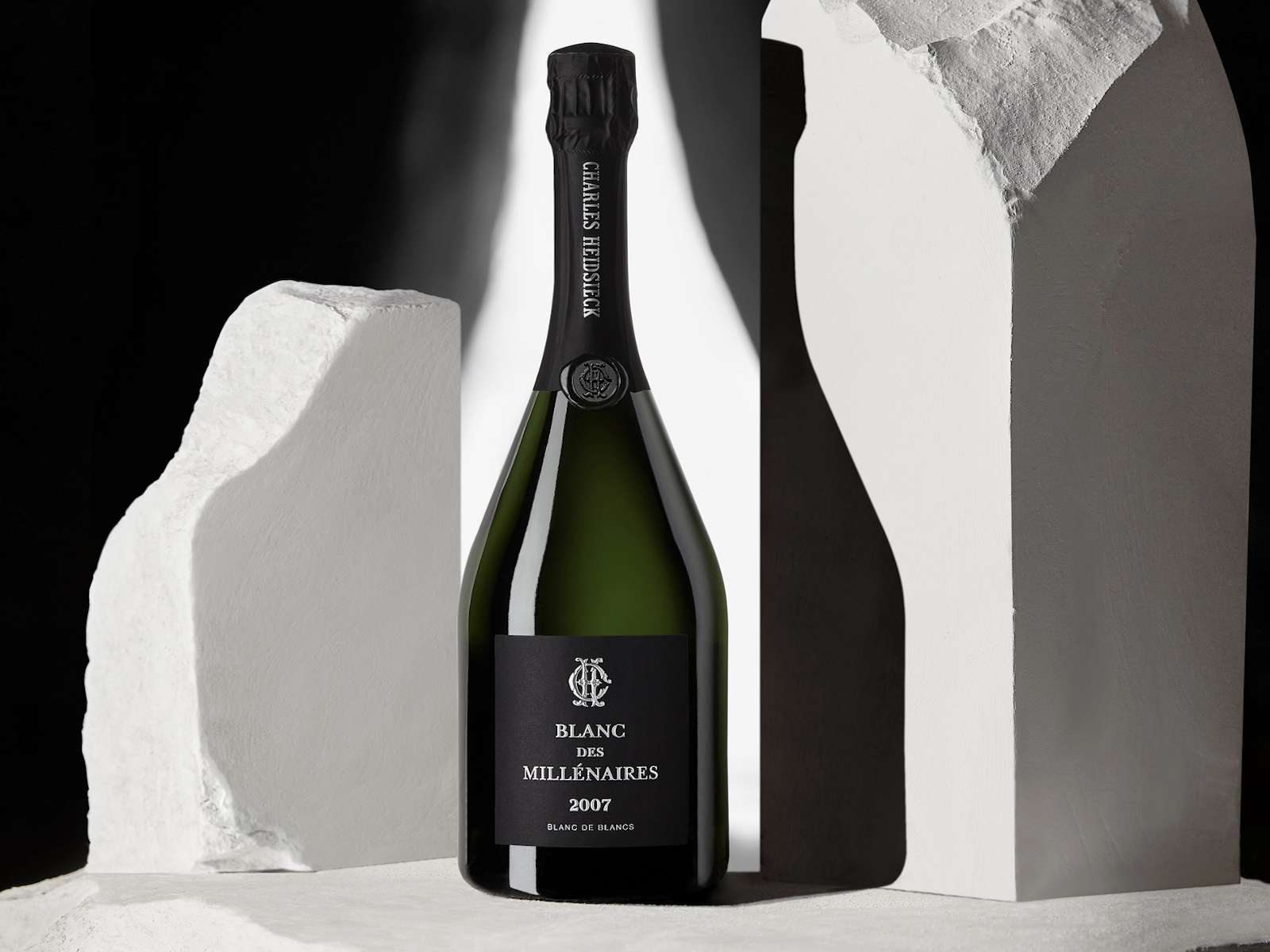Champagne Louis Roederer Releases Cristal 2014
Champagne Louis Roederer's cellar master Jean-Baptiste Lécaillon hails this new vintage of Cristal as "a vintage of energy and of intensity."
”This is another chapter in our pursuit of taste,” said Jean-Baptiste Lécaillon, cellar master of Champagne Louis Roederer and the man behind its flagship wine, Cristal.
A wine of soil
“Releasing Cristal is always a big moment for me. I always wonder what to say – because the vintage is important – but I will focus on the soil for this one because Cristal for me is a wine of soil, not of climate. It is the soil that sings loudly, and it is the soil that we are trying to capture: the energy of soil and the freshness of chalk.”
“Back in 1876, when Roederer created Cristal, the original idea was really to capture these magnificent white soils of Champagne, these soils that bring a lot of finesse and a lot of character to the wine. Character means density, radiance, energy, aromatic profile, clean, pure fruit, precise aromatics. Then the acidity, the freshness the chalkiness is so light, so elegant, and yet the texture is so soft. Chalk is the sense of Cristal.”
Land, farming and DNA
Lécaillon continued: “This soil consists of 45 plots selected for Cristal in seven grands crus. They are located on the mid-slope, on what we call the chalky ridges. The roots reach the bedrock after 1-1.2m of topsoil. This is why we wait for 20 years [of vine age] before using these plots for Cristal because we want those roots to be in this bedrock – then we use that to get this magic of lightness.” Lécaillon then mentioned that the wine from younger vines in Cristal plots goes into the making of Roederer’s multi-vintage cuvée Collection.
“The farming really is dedicated to this deep rooting,” said Lécaillon, in order to achieve moderate yields of between 6,000 - 8,000 kg/ha of grapes “to get perfect concentration.” He also noted that 2014 was the third fully organic vintage of Cristal – the vineyards had been in conversion for years. Official and full organic certification was received in 2021. “We have been converting this domaine to organic and biodynamic farming and now it is fully certified organic. This farming is very gentle, with our own massal selections – we have selected Chardonnay and Pinot Noir in our own nursery – they have been in our Cristal plots for ages. The DNA of Cristal is the chalk and the home-selected massal selection which gives a very specific taste and flavour.”
The 2014 vintage
“2014 was one of those years with clear extremes,” Lécaillon said. “We had a beautiful, dry, continental spring; we had a very oceanic summer with lots of rain, twice as much than usual, mainly in the Côte des Blancs and the Vallée de la Marne, much less rain in the Montagne de Reims. Then we had this beautiful September which changed everything. Finally, thanks to beautiful weather at the end of August and all of September we had a real summer and we had ripeness.
“It was important to pick as late as possible to benefit from the sunshine of the last moment. North-easterly winds dried the atmosphere, so we had beautiful concentration of flavours which we waited for. We delayed harvest and picked Cristal as late as possible: we wanted the extra concentration, the extra ripeness, the extra dry extract that is so important for the texture of Cristal.
“Alcohol levels were perfect, more than 11% for Chardonnay and Pinot Noir, so no chaptalisation, just natural balance that goes through fermentation. Then of course no malolactic fermentation because we had ripe balance and I wanted to keep as much freshness and energy from the malic acid.”
The wine
Lécaillon noted that 32% of the wine had been fermented in oak, and that the traditional composition of 60% Pinot Noir and 40% Chardonnay had been kept – as a reflection of the planting of the estate which has roughly this varietal split. “In 2014,” he said, “out of the 45 [dedicated] plots, only 39 made Cristal, we eliminated three plots in Aÿ and three in Avize that were not up to our expectations.” He then summed up the wine: “In 2014, we have lots of everything: proteins, organic acids, dry extract, phenolics. Together with a low pH – we are at 3.0 – everything is built for ageing. 2014 catches this extreme dry extract with extreme freshness. I think this is a vintage of energy and of intensity.”
Composing not blending
Lécaillon noted that for Cristal, he and his team never spoke about blending but about a “composition,” the fine-tuning of what the estate and the dedicated plots gave them: “It’s about catching the purity: the purity of the fruit, the purity of the place and bottling that for everyone and not trying to print from your know-how, your ideas – everything should come from terroir and chalk.”


